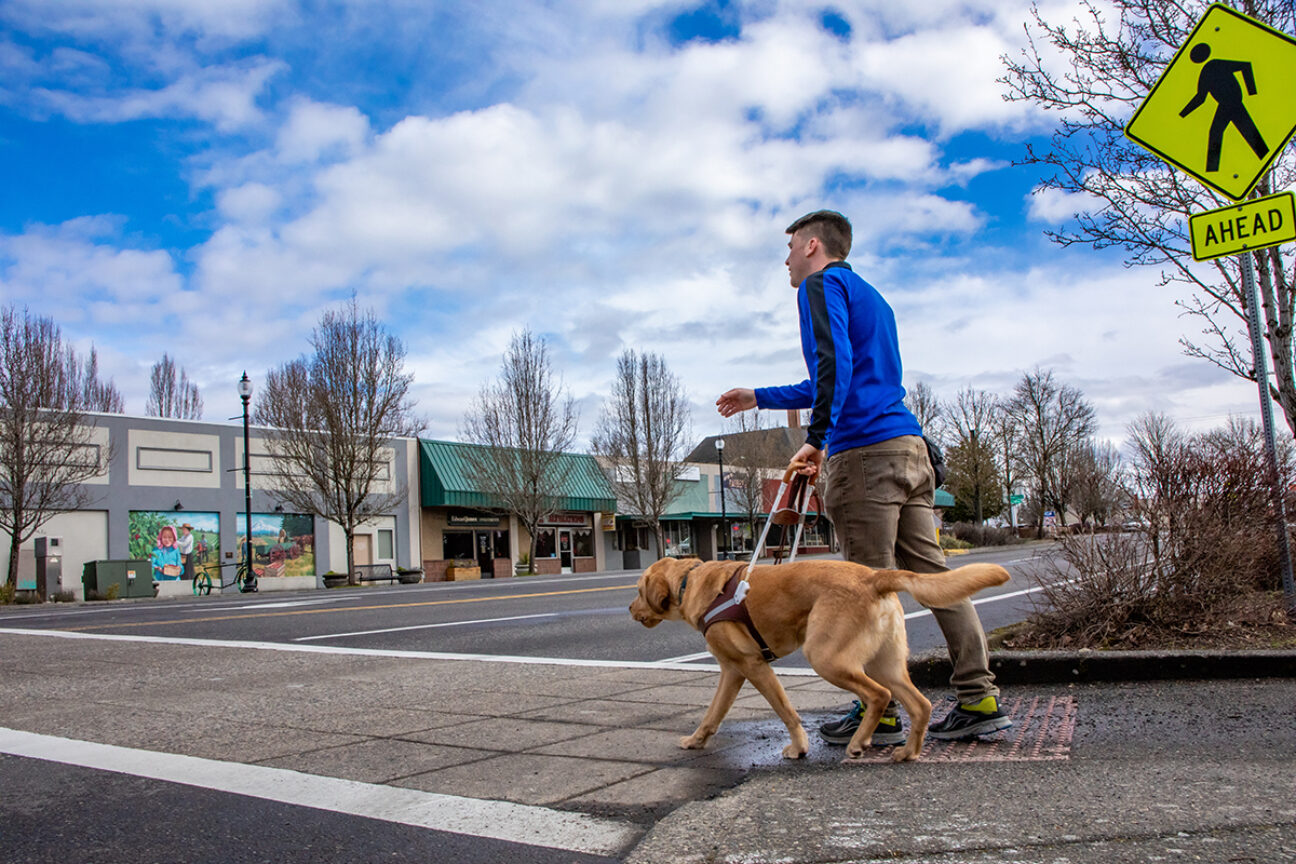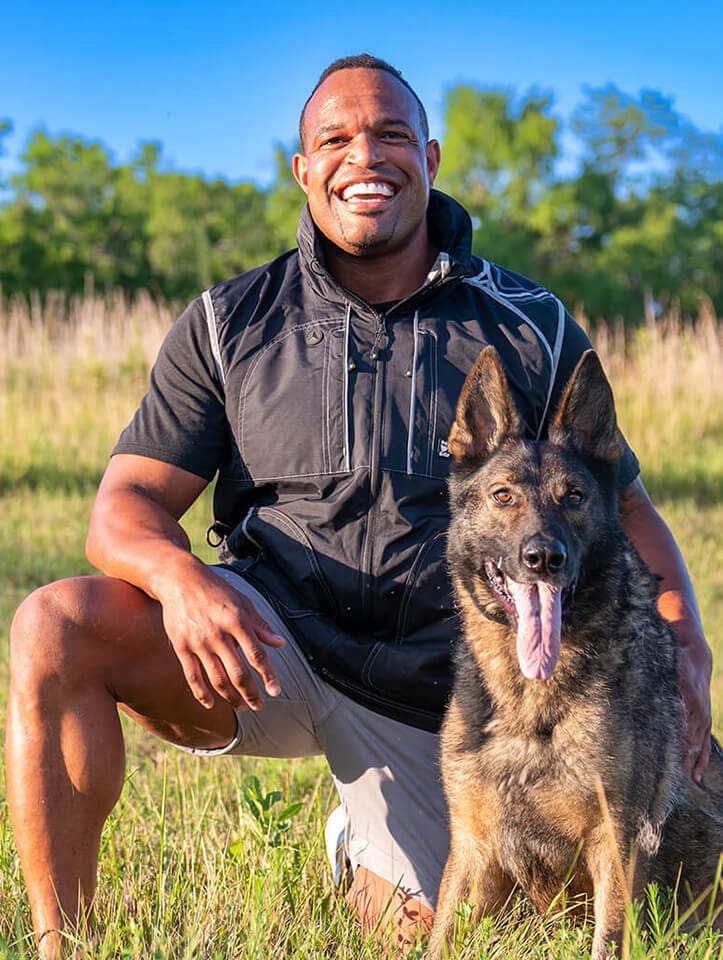Positive Reinforcement in Dog Training: A Humane Approach to Success
Positive Reinforcement in Dog Training: A Humane Approach to Success
Blog Article
Leading Canine Training Strategies Every Proprietor Must Know

Positive Reinforcement Methods
Using positive reinforcement methods is necessary for reliable canine training, as it cultivates a trusting bond between the canine and the instructor. This technique concentrates on rewarding preferable actions as opposed to penalizing undesirable ones, developing a setting conducive to learning. Benefits can include treats, praise, or playtime, which encourage dogs to duplicate the behaviors that make them these rewards.

Moreover, this technique enhances the dog's interest for training sessions. They are more engaged and receptive when dogs associate training with favorable experiences. Dog training. Past immediate therapy, positive support motivates a collective partnership in between the canine and fitness instructor, lowering anxiety and fear
To maximize efficiency, it is critical to provide rewards without delay, guaranteeing the pet links the habits with the support. Basically, positive support strategies not only produce better-trained pet dogs but additionally advertise a harmonious collaboration in between dog and owner.
Clicker Training Technique
The remote control training technique is a very effective technique that builds on the concepts of favorable reinforcement by including an unique audio to mark desired behaviors. This approach makes use of a little handheld tool that creates a clicking audio, enabling fitness instructors to connect with their dogs in a clear and prompt fashion. When a canine carries out an actions that the owner wants to encourage, the clicker is triggered, followed by an incentive, typically in the kind of treats or appreciation.
The secret to successful clicker training depends on uniformity and timing. It is essential to click at the exact minute the desired behavior happens, guaranteeing that the dog connects the audio with the activity and the subsequent incentive. This approach not only improves communication but also fosters a more powerful bond between the pet dog and the proprietor, as it encourages involvement and communication during training sessions.
Clicker training can be used to a range of habits and commands, from fundamental obedience to extra complex tricks. Its adaptability and performance make it a preferred strategy among professional instructors and animal owners alike, leading the way for a receptive and trained canine friend.
Chain Training Fundamentals
Reliable chain training is crucial for making sure a delightful and secure walking experience for both canines and their proprietors. Dog training. Leash training should begin very early and be approached with patience and uniformity. Start by choosing an ideal chain and collar or harness. A flat collar might function for some canines, while others may profit from a harness that minimizes drawing.
Introduce your pet to the chain progressively, enabling them to explore it in a comfortable environment. This involves gratifying your dog for strolling close to you rather than pulling ahead.
If your pet begins to draw, stop strolling quickly. Wait till they return to your side prior to returning to. This additional resources shows them that drawing does not bring about progress. Additionally, practice various strolling settings to help your pet adjust to diversions.
Regular technique will certainly solidify your pet dog's understanding of chain etiquette. Keep in mind that leash training my explanation is an ongoing process; persistence and uniformity will certainly produce the most effective outcomes, cultivating a positive experience for both you and your canine friend.
Socialization Techniques
Socializing is a crucial aspect of pet training that ought to ideally begin during puppyhood but can be useful at any age. Efficient socializing helps pet dogs establish confidence and decreases the likelihood of behavior issues. To execute successful socializing approaches, subject your pet dog to a variety of environments, people, and other pets.
Start with controlled setups, such as young puppy courses or organized playgroups, where young pet dogs can interact securely. Slowly present your pet to new experiences, consisting of different noises, surface areas, and activities. Ensure these encounters are gratifying and positive to establish a complacency.
For grown-up pets or those doing not have exposure, start with low-stress circumstances. Short, favorable interactions with tranquil dogs and pleasant humans can produce favorable organizations. Use deals with and appreciation to enhance desirable actions throughout these experiences.

Uniformity and Perseverance
Identifying the significance of uniformity and perseverance in canine training is necessary for accomplishing lasting results. Irregular training can lead to confusion, making it hard for the pet dog to comprehend actions or commands, inevitably preventing progression.
Furthermore, perseverance is a vital element of reliable training. Pet dogs, like people, find out at their own speed. Some might comprehend concepts rapidly, while others could take click to find out more longer. It is crucial for proprietors to stay calm and helpful, reinforcing positive actions without resorting to frustration or penalty. This fosters a relying on relationship in between the pet dog and owner, urging a more eager and passionate learner.
To grow uniformity and persistence, develop a regular training routine, use the very same commands, and guarantee that all member of the family apply the very same training concepts - Dog training. By doing so, you create a steady atmosphere helpful to learning, allowing your canine to establish and grow into a well-behaved friend
Final Thought
Finally, reliable dog training strategies, such as favorable support, clicker training, and correct chain training, are important for promoting a healthy owner-dog relationship. Furthermore, applying socialization approaches and maintaining consistency and persistence throughout the training process contributes considerably to a canine's general wellness. By incorporating these approaches, canine owners can assist in the advancement of well-adjusted, obedient family pets, inevitably boosting the lifestyle for both the owner and the pet dog.
Amongst the most popular approaches are positive reinforcement, remote control training, and leash training, each offering one-of-a-kind benefits that contribute to a mannerly pet. As we explore these basic strategies, it becomes evident that mastering their subtleties can significantly impact the training experience and the dog's general actions.Making use of favorable support strategies is essential for efficient pet dog training, as it promotes a relying on bond in between the pet and the instructor.In verdict, reliable dog training techniques, such as positive support, remote control training, and correct chain training, are essential for fostering a healthy owner-dog partnership. By incorporating these methods, canine proprietors can help with the advancement of well-adjusted, loyal pet dogs, inevitably boosting the top quality of life for both the owner and the dog.
Report this page